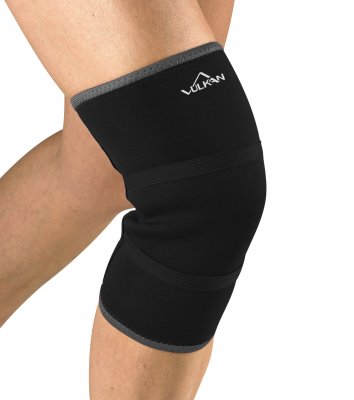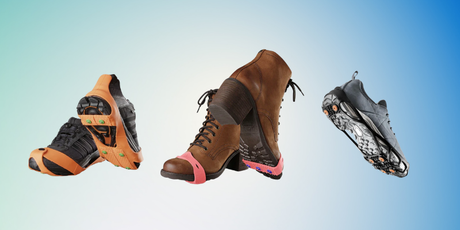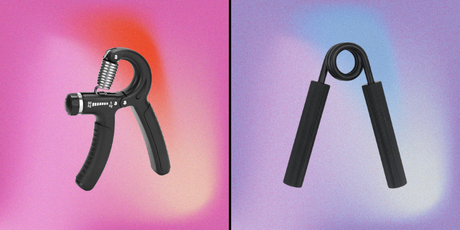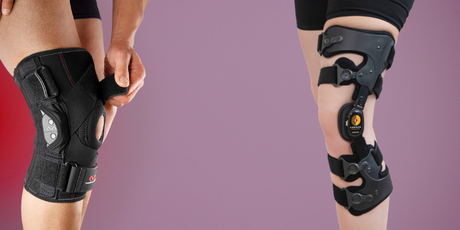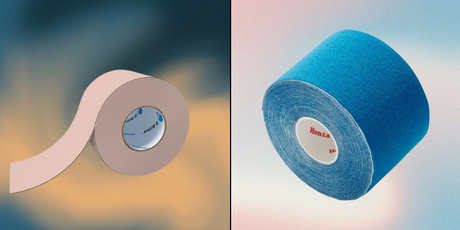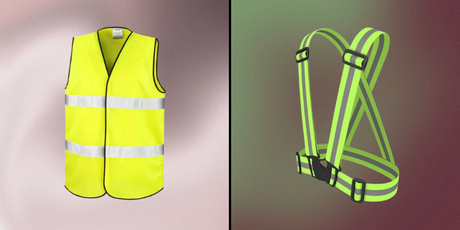Schlatter's knee, also known as Schlatter's disease, is a common condition that affects growing children and adolescents, especially those who are active in sports. The condition occurs when there is inflammation of the tendon attachment just below the kneecap at the tuberosity of the tibia, causing pain and a visible bump. It is an overuse injury that is common among growing children, especially those who play sports and perform activities that involve a lot of jumping or running.
Symptoms of Schlatter's knee
The symptoms of Schlatter's knee can vary depending on the severity of the inflammation, but the most common signs include:
-
Pain just below the kneecap: The pain is often localised to the area just below the kneecap, where the tendon attaches to the tibia (shin bone).
-
A lump at the tibial tuberosity: A visible or palpable lump forms in the area, a few centimetres below the kneecap, which is caused by inflammation of the tendon attachment.
-
Swelling and tenderness: The area may be swollen and tender to the touch. The swelling may become more pronounced after physical activity.
-
Pain on exertion: Activities involving jumping or intense strain on the knee, such as running, jumping or football, can cause increased pain and discomfort.
-
Pain when climbing stairs and bending the knee: Children with Schlatter's knee may experience pain when climbing stairs or bending the knee.
Causes and risk factors
Schlatter's knee is most commonly caused by overuse during the growing season when the skeleton grows rapidly, but muscles and tendons don't always keep up. Overloading the thigh muscle tendon attachment, which is attached to the tibial tuberosity, can cause inflammation and pain. Sports involving jumping, running and fast movements increase the risk of developing this condition.
It most commonly affects growing children, usually between the ages of 10 and 15, when the bones grow faster than the muscles and tendons can adapt. The end of growth tends to mean that symptoms diminish and problems gradually disappear.
Treatment and relief of Schlatter's knee
Treatment for Schlatter's knee focuses on relieving pain, reducing inflammation and facilitating a safe return to physical activity. Here are some common treatment options:
1. Rest and Relief
- One of the first steps is to avoid activities that hurt, such as jumping or intense running. This gives the body time to heal and reduces the risk of further strain.
- Once the pain subsides, the child can gradually return to lighter activities.
2. Knee braces and aids
-
Knee protectors or compression bandages can help relieve the knee and reduce swelling. There are specific knee braces for Schlatter that provide support to the area just below the kneecap.
-
Relief knee pads provide extra comfort and reduce pressure on the inflamed tendon attachment.
3. Taping
-
Taping the knee can be used to provide extra support and reduce stress on the inflamed area. Kinesiology tape can help stabilise the knee and relieve pain.
4. Physiotherapy and Exercises
-
Physiotherapy can be very helpful in strengthening the thigh muscles and preventing further injury. Strengthening the muscles around the knee can reduce pressure on the tendon attachment.
-
Strengthening exercises to strengthen the quadriceps muscle (front of the thigh) can help to relieve the tendon.
-
Stretching exercises can also be recommended to increase mobility and reduce stiffness in the knee.
5. Pain relief and inflammation
-
Ice treatment can be effective in reducing swelling and inflammation in the knee. Apply a cold compress to the affected area for 15-20 minutes at a time.
Preventive measures
To prevent Schlatter's knee or alleviate the symptoms, the following tips may be useful:
-
Warm up properly before physical activity and avoid sudden, intense movements that put strain on the knee.
-
Avoid putting too much strain on the knee by alternating between rest and activity to allow sufficient recovery time.
-
Wear appropriate footwear that provides good support and cushioning for the knee when running and jumping.
-
Increase the strength of the thigh muscles to reduce stress on the tendon attachment of the kneecap.
-
Tape the knee if the child is active in sports that may cause increased stress on the knees.
Schlatter's knee, or Schlatter's disease, is a common and often harmless condition affecting growing children and adolescents. It is caused by an overload on the tendon attachment at the tibial tuberosity, leading to pain, swelling and a visible bump just below the kneecap. Treatment focuses on rest, offloading, knee braces, taping, physiotherapy and pain relief. By taking steps to reduce the strain on the knee, most children can return to their usual activities without long-term problems.
